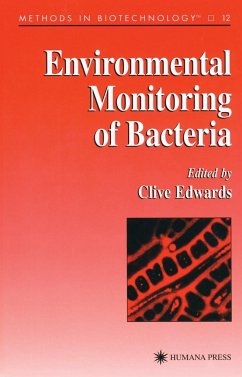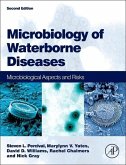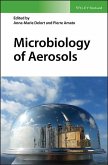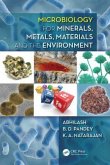In Environmental Monitoring of Bacteria, Clive Edwards and his distinguished panel of researchers bring together a collection of detailed molecular methods for the environmental monitoring of bacterial populations. These state-of-the-art methods include techniques for the recovery of cells, for the analysis of whole cells, and for the molecular study of target species and heterogeneous populations. Many of the methods enable bacteria to be monitored in their natural environments without culturing, and specifically address the difficult problem that only a small proportion of bacteria in any ecosystem can be cultured by traditional methods. In addition to providing many eminently reproducible methods, the distinguished contributors review the problems of monitoring bacteria in natural environments and discuss the principles by which the methods work.
Taking full advantage of the exciting research in recent years that has challenged some long-held principles of traditional microbiology, Environmental Monitoring of Bacteria gives timely and practical access to powerfultechniques that allow the study of bacterial ecology as communities, as single cells, or at the molecular level.
Taking full advantage of the exciting research in recent years that has challenged some long-held principles of traditional microbiology, Environmental Monitoring of Bacteria gives timely and practical access to powerfultechniques that allow the study of bacterial ecology as communities, as single cells, or at the molecular level.
"This book looks at state-of-the-art techniques for monitoring bacteria in natural environments, offers step-by-step instructions to ensure readily reproducible results, and provides numerous tips on methods for optimizing results."-Environmental Science & Technology, July 1, 1999
"All contributions conformed to a given structure and so the individual sections have turned out to be compact as well as comprehensive and clear. They describe the principles of different techniques as well as their applications and limitations and most of them contain easy-to-follow protocols providing immediate access to a given method." - International Journal of Hygiene and Environmental Health
"All contributions conformed to a given structure and so the individual sections have turned out to be compact as well as comprehensive and clear. They describe the principles of different techniques as well as their applications and limitations and most of them contain easy-to-follow protocols providing immediate access to a given method." - International Journal of Hygiene and Environmental Health








